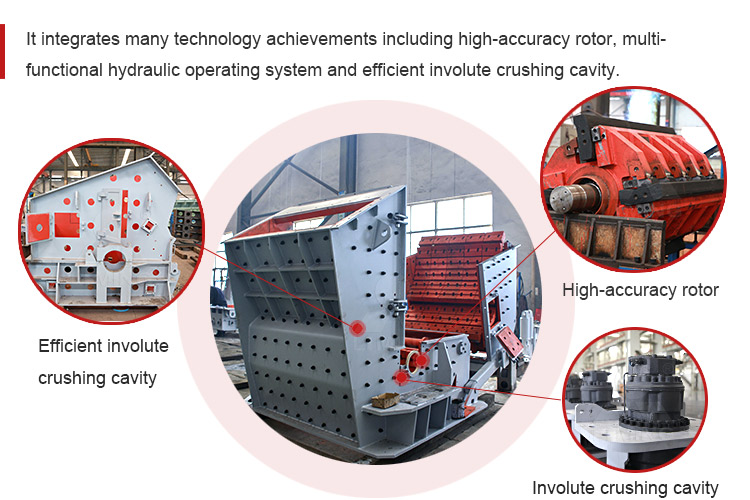Grinding calcite with low cost requires a combination of efficient methods, affordable equipment, and energy-saving techniques. Here’s a step-by-step guide to achieve cost-effective calcite grinding:
1. Choose the Right Equipment
– Hammer Mill – Affordable and effective for coarse to medium grinding (100-300 mesh).
– Ball Mill – Suitable for fine grinding (200-800 mesh) but requires higher initial investment.
– Raymond Mill – Energy-efficient for medium-fine grinding (80-400 mesh).
– Vertical Roller Mill – Lower power consumption for fine grinding (200-800 mesh).
Lowest-cost option: A small hammer mill or a refurbished ball mill.
2. Optimize Grinding Process
– Pre-crushing: Use a jaw crusher or impact crusher to reduce large calcite chunks before fine grinding (saves energy).
– Dry Grinding: Avoid wet grinding unless necessary, as drying adds extra cost.
– Closed-circuit Grinding: Use a classifier to recycle coarse particles, improving efficiency.
3. Reduce Energy Costs
– Operate during off-peak electricity hours if using grid power.
– Use a diesel engine or renewable energy (solar/wind) if available.
– Maintain equipment to prevent energy waste (e.g., check bearings, lubrication).
.jpg) 4. Use Low-Cost Grinding Media
4. Use Low-Cost Grinding Media
– For ball mills, use pebbles, ceramic balls, or steel slag instead of expensive high-chrome balls.
– Replace worn media regularly to maintain efficiency.
5. Manual/Semi-Automated Methods (For Small-Scale)
– Mortar & Pestle: For very small quantities (<1 kg).
– Hand-operated grain mill: Modified for calcite grinding in small batches.
6. Source Cheap Raw Materials
– Use waste calcite f construction or marble industries instead of pure mineral sources.
construction or marble industries instead of pure mineral sources.
7. DIY Solutions (If Budget is Extremely Low)
– Build a simple ball mill using a rotating drum filled with steel balls or pebbles powered by an electric motor or bicycle mechanism.
Estimated Costs:
| Method | Initial Cost | Operating Cost | Fineness |
|——–|————-|—————-|———-|
| Hammer Mill | $500-$3,000 | Low-Medium | 100-300 mesh |
| Ball Mill | $1




